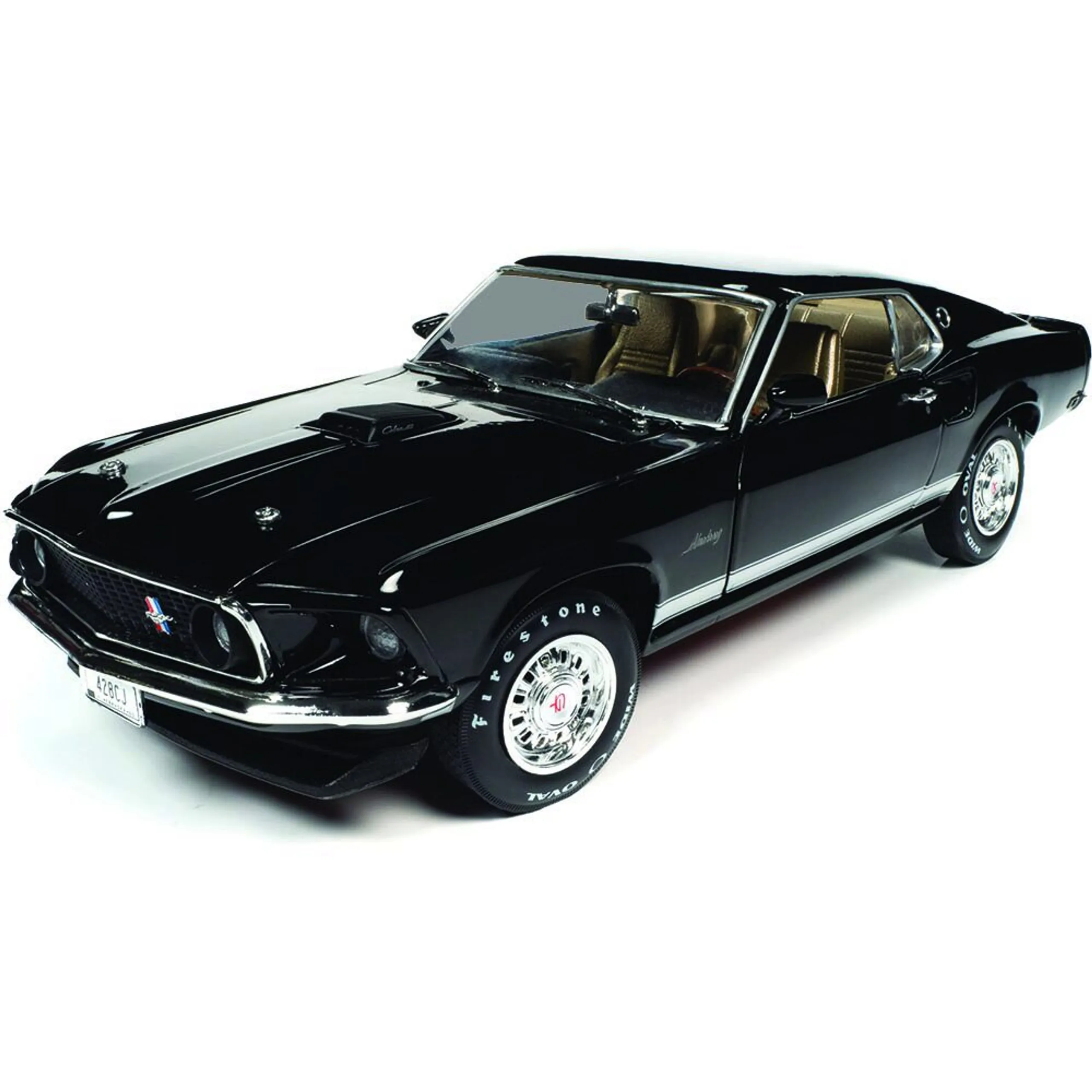Cars Diecast Vehicles
Diecast cars have captivated collectors and enthusiasts for generations, offering a tangible connection to automotive history and design. These miniature replicas of iconic vehicles provide a unique blend of nostalgia, craftsmanship, and investment potential. From classic roadsters to modern supercars, the world of diecast cars is rich and diverse, offering something for every collector. This article delves into the fascinating world of diecast vehicles, exploring their origins, the factors that influence their value, and, of course, some of the most coveted models in the collector’s market. Whether you’re a seasoned collector or just starting your journey, there’s always more to discover in this captivating hobby.
What are Diecast Cars?
Diecast cars are miniature vehicles manufactured using a specific process known as die-casting. This process involves injecting molten metal, typically zinc alloy (also known as zamak), into molds to create detailed and accurate replicas of real-world automobiles. The resulting models are then often painted and assembled with additional components, such as plastic or rubber tires and interior details. The level of detail and realism varies depending on the scale and manufacturer, but the best diecast cars are prized for their accuracy and intricate features. These miniature marvels are not just toys; they are works of art that capture the essence of automotive history.
Materials Used in Diecast Cars
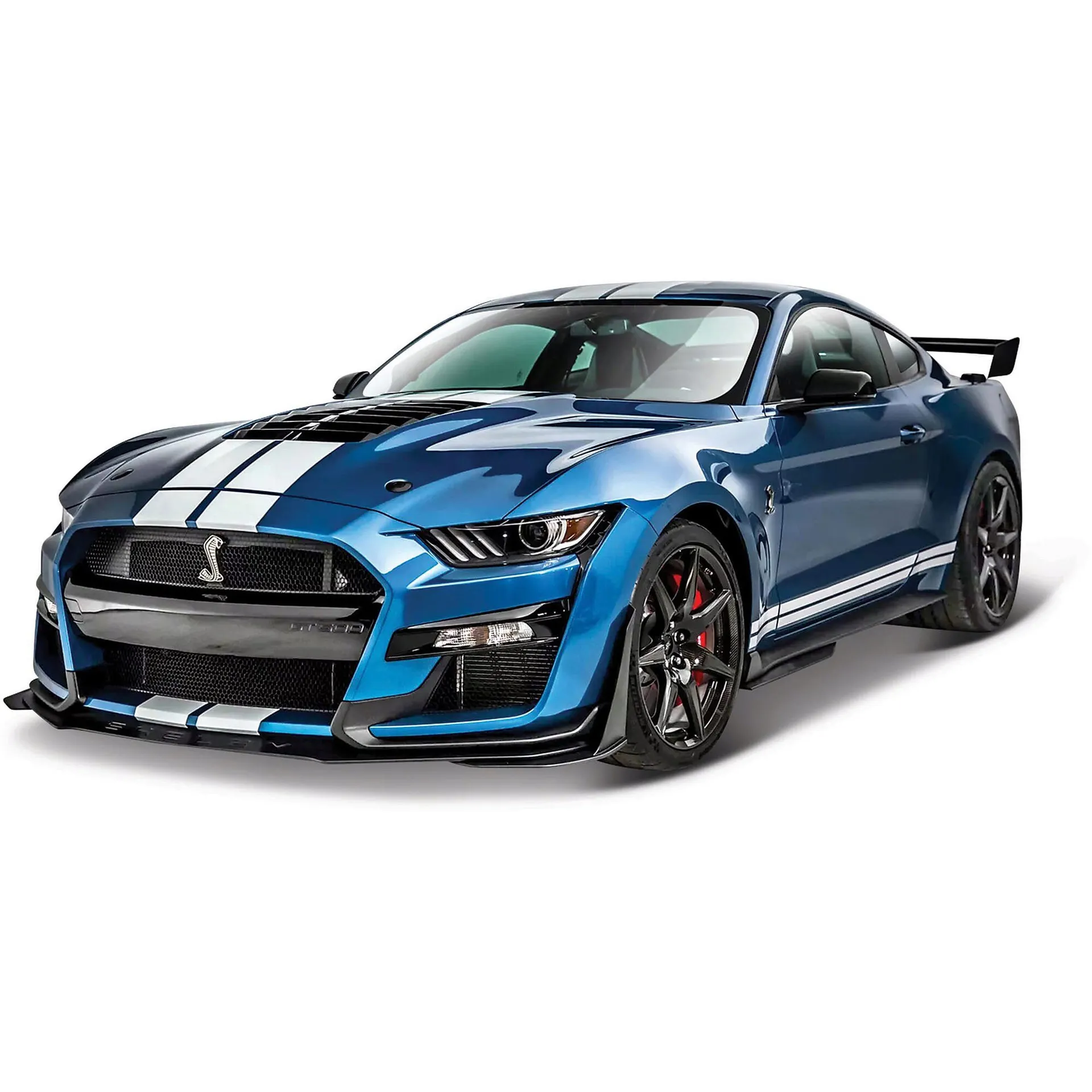
The primary material used in diecast car production is zinc alloy, a durable metal that allows for the creation of highly detailed and accurate models. Zinc alloy’s ability to capture fine details makes it ideal for replicating the complex shapes and features of automobiles. Other materials commonly found in diecast cars include plastic for interior components, tires, and other details, and rubber for the tires. The combination of these materials contributes to the overall realism and durability of the finished product. The quality and type of materials used can significantly impact the value and collectibility of a diecast car.
The History of Diecast Cars
The history of diecast cars dates back to the early 20th century, with the first models appearing in the 1900s. Initially, these models were primarily used as toys, but as manufacturing techniques improved, so did the detail and realism of the cars. The post-World War II era saw a surge in the popularity of diecast cars, with companies like Dinky Toys and Corgi becoming household names. These early models paved the way for the more sophisticated and detailed diecast cars of today. The evolution of diecast cars reflects not only advancements in manufacturing but also the changing tastes and interests of collectors. The constant refinement in detail, the introduction of more elaborate features, and the ever-growing number of available models all contribute to the enduring appeal of diecast vehicles.
Top 7 Cars Diecast Vehicles
The world of diecast cars is vast and diverse, but some models stand out as particularly collectible and desirable. Here are seven of the most sought-after diecast cars, each representing a unique blend of automotive history, design, and craftsmanship. These models are highly valued for their intricate detailing, accurate representation of the original vehicles, and the historical significance of the cars they represent.
1930s Duesenberg J
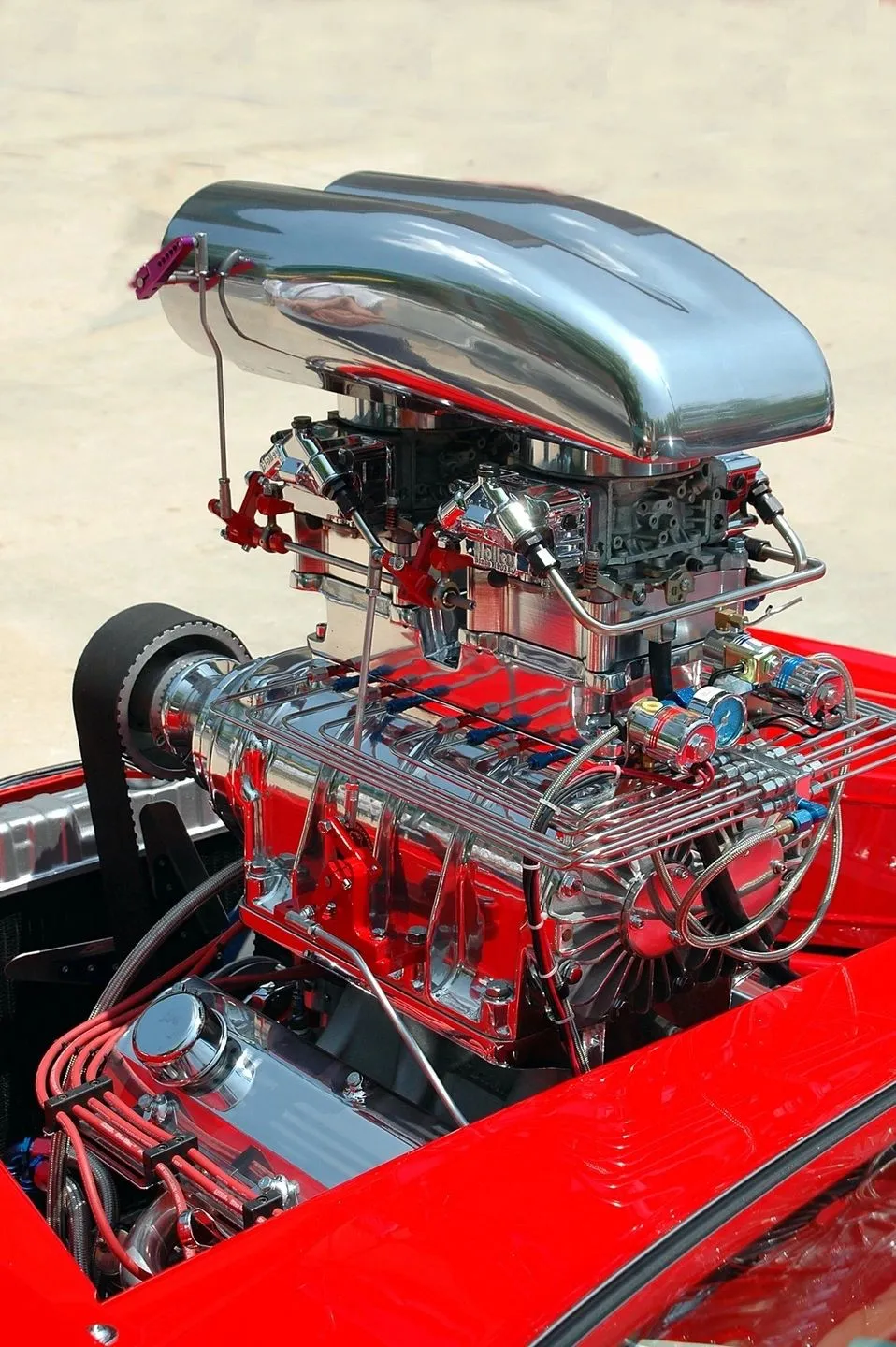
The Duesenberg J, a symbol of luxury and performance in the 1930s, is often replicated in exquisite detail by diecast manufacturers. These models capture the elegance and grandeur of the original vehicle, making them highly desirable for collectors. The intricate details of the engine, interior, and exterior, coupled with the historical significance of the Duesenberg brand, make these diecast cars a valuable addition to any collection.
1957 Chevrolet Bel Air
The 1957 Chevrolet Bel Air represents the pinnacle of American automotive design from the 1950s. Diecast models of this iconic car perfectly capture its distinctive styling, including the iconic tail fins and chrome accents. Collectors cherish these models for their nostalgic appeal and the meticulous attention to detail that replicates the classic charm of the Bel Air.
1961 Jaguar E-Type
The Jaguar E-Type, renowned for its sleek design and performance, is a favorite among diecast car collectors. These models faithfully reproduce the E-Type’s elegant lines and powerful presence. The high level of detail in the interior, engine, and exterior elements makes these diecast cars a prized possession, reflecting the timeless appeal of the original vehicle.
1962 Ferrari 250 GTO
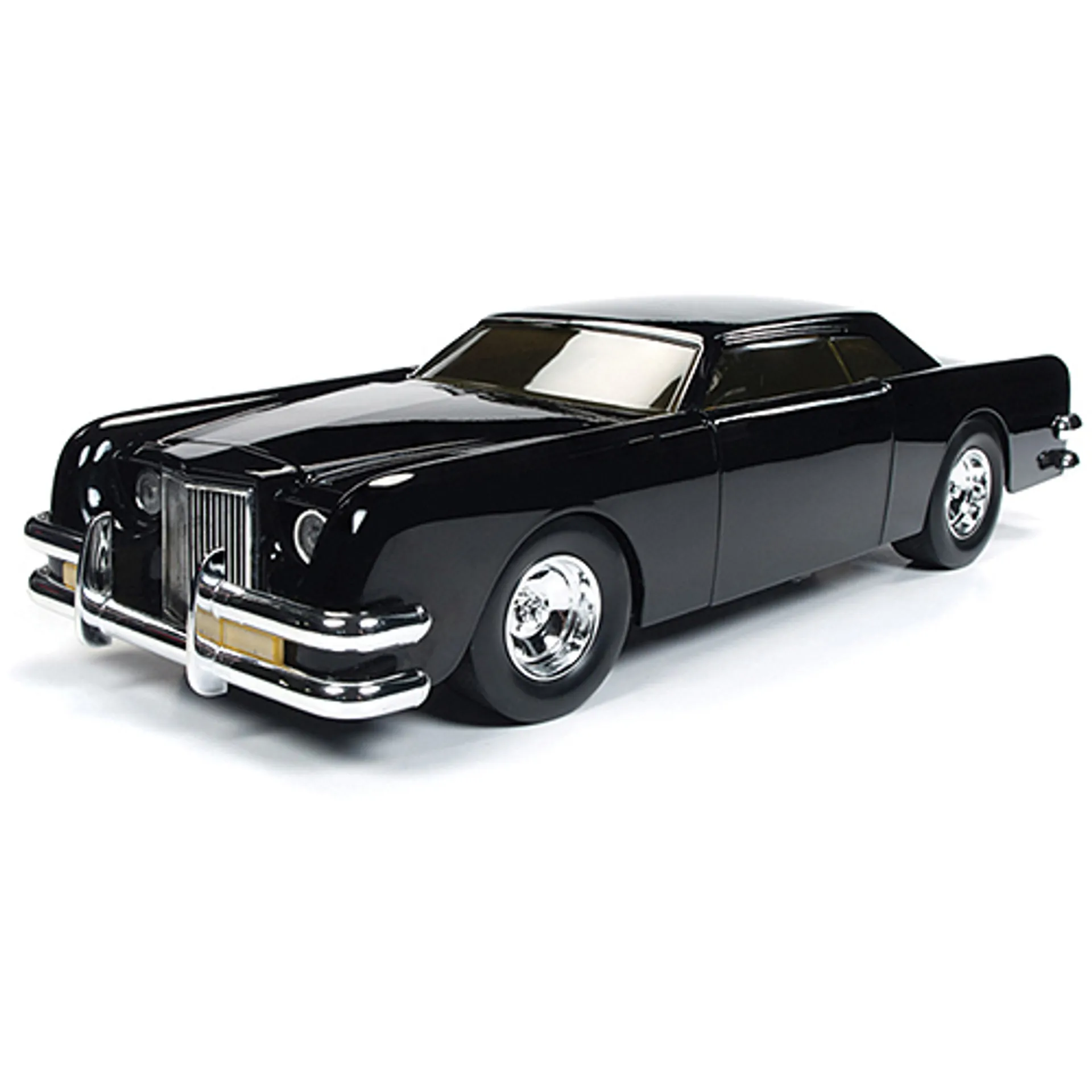
The Ferrari 250 GTO, a legendary racing car, is a highly sought-after model in the diecast world. Collectors appreciate the accurate details that capture the performance and beauty of this classic racing machine. Diecast versions meticulously replicate its iconic design, making it a valuable piece for any discerning collector.
1963 Aston Martin DB5
The Aston Martin DB5, famous for its role in the James Bond films, is a top choice for diecast collectors. These models often include intricate details, such as opening doors and authentic gadgets, perfectly reflecting the car’s cinematic history. The combination of its iconic design and cinematic fame makes the DB5 a must-have for any diecast enthusiast.
1969 Dodge Charger
The 1969 Dodge Charger, a symbol of American muscle, is a favorite among diecast collectors. These models perfectly embody the Charger’s powerful stance and aggressive design, accurately reflecting its appeal. The models often feature detailed engines and interiors, capturing the essence of this iconic muscle car.
1970 Ford Mustang Boss 429
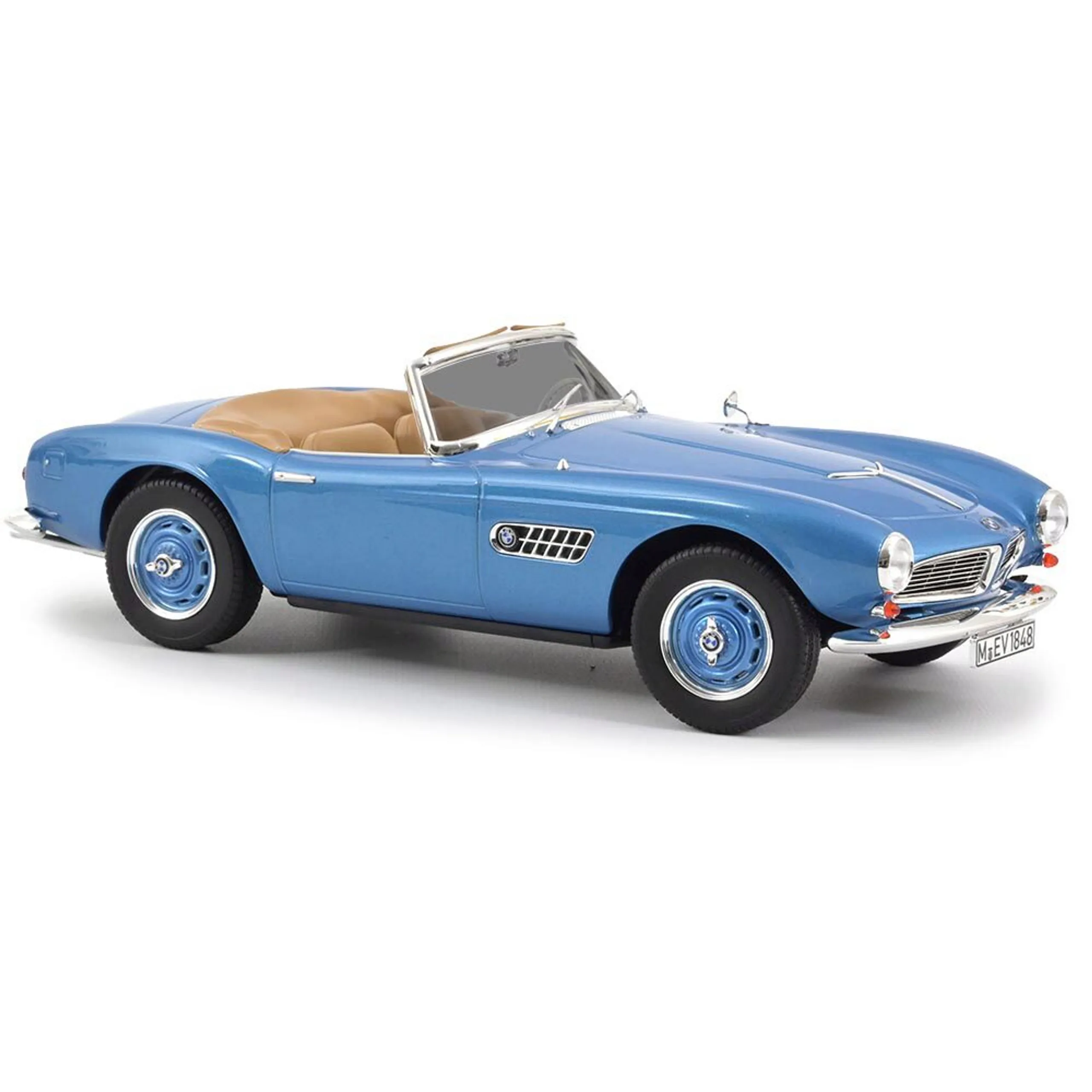
The Ford Mustang Boss 429, a rare and powerful muscle car, is a valuable addition to any diecast collection. The diecast models meticulously recreate the car’s distinctive features, making them highly desirable. The accurate representation of the powerful engine and the aggressive design make the Boss 429 a standout choice.
Factors to Consider When Collecting
When starting or expanding a diecast car collection, several factors come into play that influence the value and desirability of a model. Understanding these factors can help collectors make informed decisions and build a collection that reflects their interests and investment goals. The scale, level of detail, authenticity, and rarity all contribute to the overall value of a diecast car.
Scale and Size
Diecast cars are produced in various scales, such as 1:18, 1:24, 1:43, and 1:64. The scale refers to the ratio of the model’s size to the real-world car. Larger scales, such as 1:18, often offer more detail and features but take up more space. Smaller scales, like 1:64, are more compact and easier to display. The choice of scale is often a personal preference, depending on the collector’s available space and budget. The scale also influences the level of detail that can be included in the model.
Authenticity and Detail
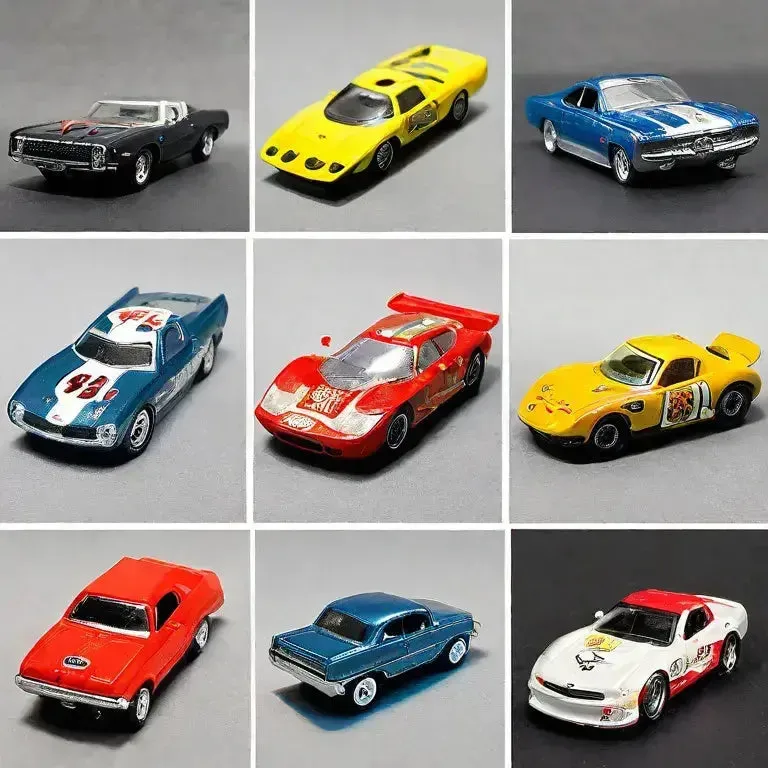
The level of detail and authenticity is crucial for diecast car collectors. High-quality models often feature intricate details, such as opening doors, detailed engines, accurate interiors, and realistic paint jobs. Authentic models accurately replicate the original vehicle’s design, including its body shape, colors, and markings. Collectors often look for features like working steering, detailed dashboards, and realistic wheels and tires. The better the authenticity and detailing, the more valuable and desirable the model becomes.
Rarity and Value
Rarity plays a significant role in determining the value of a diecast car. Limited edition models, those produced in small quantities, or those with unique features are often highly sought after by collectors. The condition of the model also affects its value; cars in mint condition, with their original packaging, are typically worth more. Factors like historical significance, brand, and the original price of the model also influence its market value. Researching the rarity and condition of a model is important to assessing its potential as an investment or a valuable addition to a collection.
Where to Buy Cars Diecast Vehicles
Finding diecast cars for sale can be as exciting as collecting them. There are numerous avenues where collectors can acquire their favorite models, from online marketplaces to specialty stores and events. Each option offers a unique experience and a different selection of cars. Understanding the various sources available can help collectors locate the models they desire and build a comprehensive collection.
Online Marketplaces
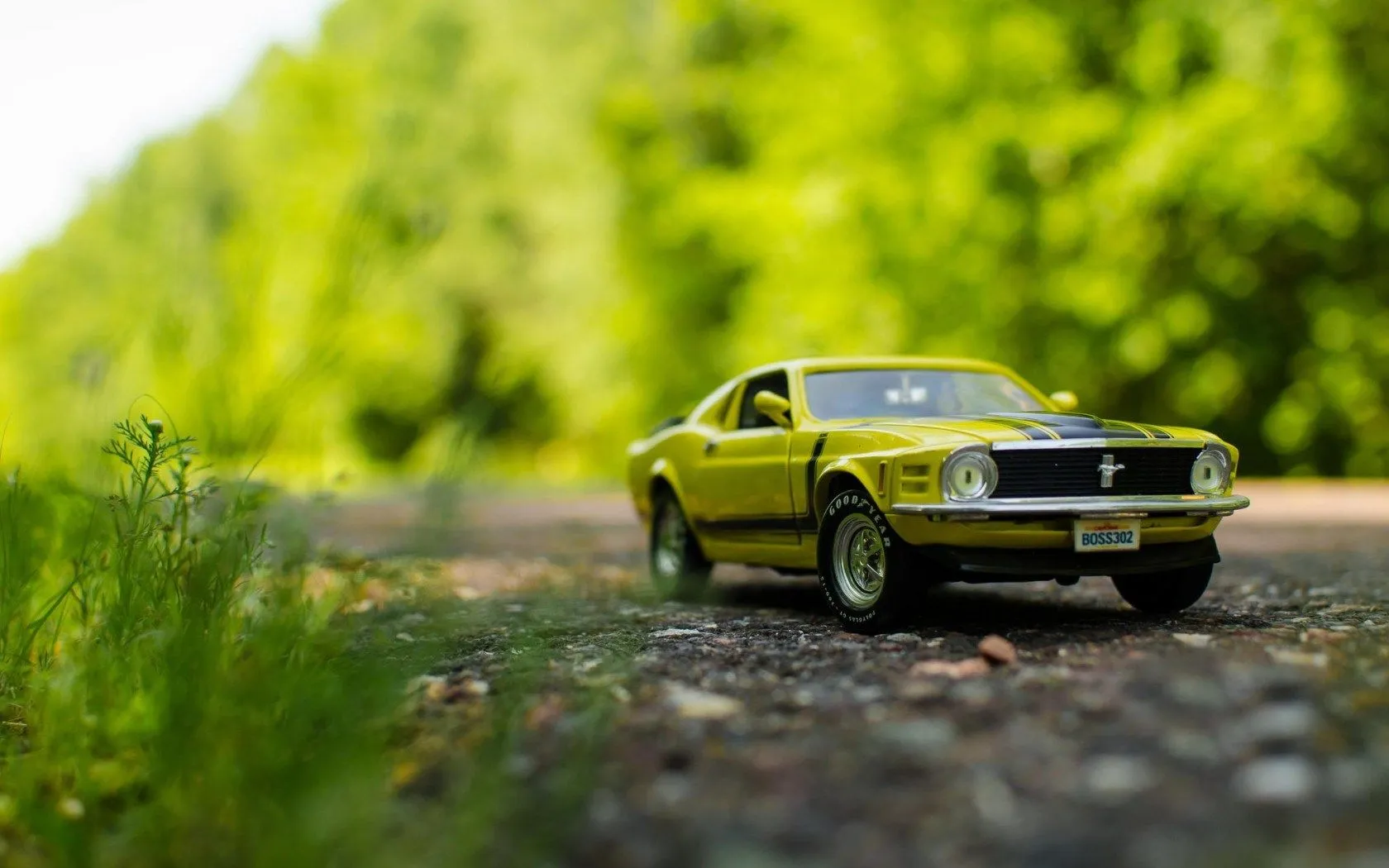
Online marketplaces such as eBay, Amazon, and specialized diecast car websites offer a vast selection of models. These platforms provide access to a wide variety of brands, scales, and models, often at competitive prices. Collectors can easily compare prices, read reviews, and purchase models from the comfort of their homes. However, it is essential to verify seller ratings and review product descriptions carefully to ensure the authenticity and condition of the car.
Specialty Stores
Specialty stores dedicated to diecast cars offer a curated selection of models and often provide expert advice. These stores can be a great place to discover rare and limited-edition models. Store owners are knowledgeable about the products and can offer information about the history, value, and details of various cars. Visiting specialty stores allows collectors to see the models in person and get a hands-on experience before making a purchase.
Auctions and Events
Auctions and collecting events are excellent opportunities to find rare and vintage diecast cars. These events bring together collectors and dealers from all over. Auctions offer a chance to bid on highly sought-after models. Collecting events also provide a platform for enthusiasts to connect, trade, and learn from each other. These events often feature a wide range of vehicles, from classic models to modern releases.
Caring for Your Collection
Proper care and maintenance are crucial to preserving the value and condition of diecast car collection. By taking the right precautions, collectors can protect their models from damage, maintain their appearance, and ensure their collection remains a source of enjoyment for years to come. Protecting your investment in diecast cars requires a proactive approach to storage, cleaning, and display.
Proper Storage
Storing diecast cars in a safe and controlled environment is essential to prevent damage. Direct sunlight, extreme temperatures, and humidity can cause fading, discoloration, and rust. The ideal storage environment is a cool, dry, and dark place. Using display cases, boxes, or protective packaging can help shield the models from dust, scratches, and other environmental factors. The careful selection of storage solutions helps maintain the integrity and condition of your collection.
Cleaning and Maintenance
Regular cleaning and maintenance will help preserve the beauty and value of your diecast cars. Dusting regularly with a soft cloth can prevent dust buildup. Avoid using harsh chemicals or abrasive cleaners that could damage the paint or details. When cleaning, use a mild soap solution and gently wipe the car’s surfaces. Proper maintenance prevents damage and keeps the models looking their best. Careful cleaning helps maintain the appearance and value of your collection.
Displaying Your Vehicles
Displaying your diecast cars allows you to showcase your collection while protecting them from potential damage. Display cases, shelves, and dedicated display stands offer an organized and aesthetically pleasing way to present your models. Consider the lighting, arrangement, and background to enhance the display. Displaying your cars allows you to share your passion with others while keeping your collection safe and accessible.
